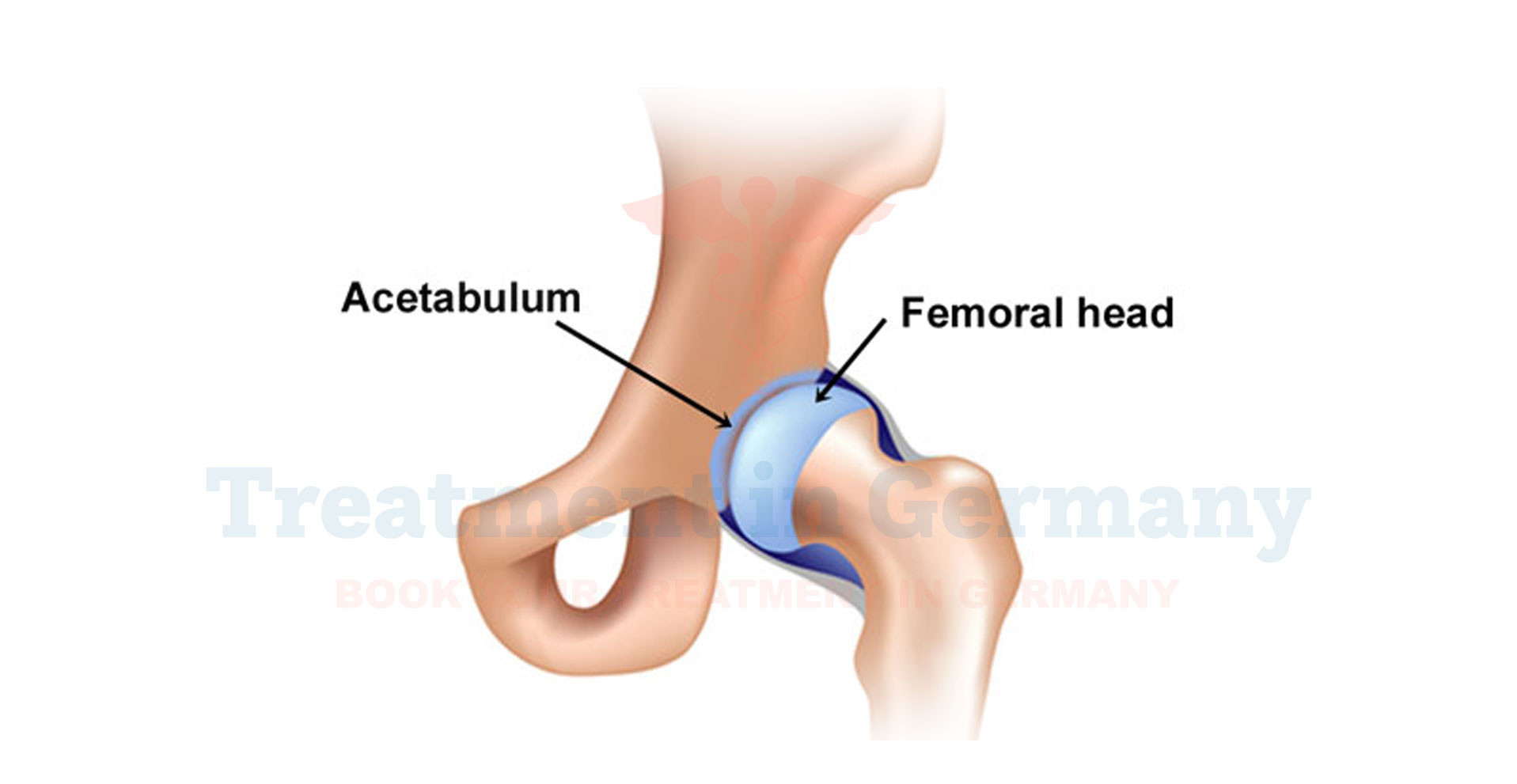What is Perthes Disease?
Perthes Disease, also known as Legg-Calvé-Perthes Disease, is a condition that affects the hip joint in children. It occurs when the blood supply to the ball part (femoral head) of the hip joint is temporarily disrupted.
This lack of blood flow causes the bone to soften and break down, leading to deformity over time. Perthes Disease typically affects children between the ages of 4 and 10, and its exact cause is still not fully understood.
Side Effects of Perthes Disease
The primary symptoms of Perthes Disease include pain and stiffness in the hip, which may worsen over time. Children with Perthes Disease may also experience limping or a noticeable difference in the length of their legs.
As the condition progresses, there is a risk of joint stiffness, deformity of the hip joint, and arthritis in adulthood if not treated appropriately.
How is Perthes Disease Diagnosed?
Diagnosing Perthes Disease involves a combination of physical examination, medical history review, and imaging tests such as X-rays and MRI scans.
These tests help doctors assess the extent of bone damage, joint deformity, and the overall condition of the hip joint.
Potential Treatment of Perthes Disease
Treatment for Perthes Disease aims to relieve symptoms, prevent deformity, and restore normal hip joint function. The approach to treatment depends on the child's age, the stage of the disease, and the severity of symptoms. Common treatment options include:
Non-surgical Management:
Surgical Interventions:

.webp)
.webp)
 (1).webp)
 (1).webp)

.webp)
.webp)
 (1).webp)
 (1).webp)
